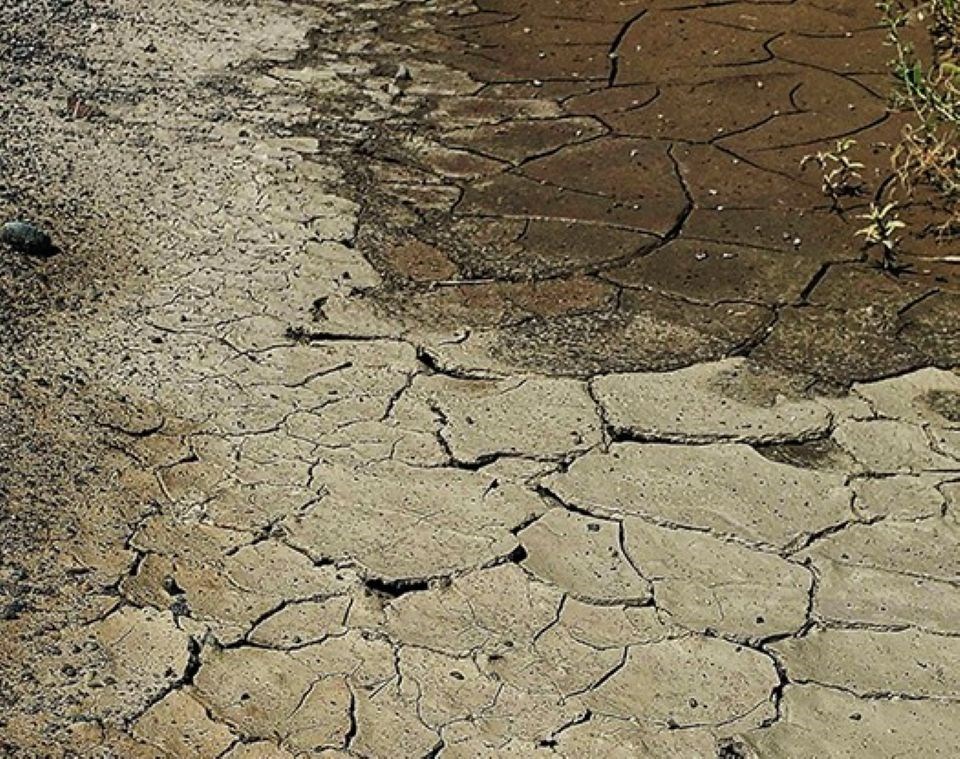ASSINIBOIA — It was announced June 27 that four RMs in Maple Creek and area have joined a growing list declaring emergencies due to ongoing drought conditions.
Farmers around Assiniboia are feeling the weather woes as part of a consecutive-years-long drought. Mounting pressure on both cattle and grain producers is concerning. Ag producers across the province have expressed concerns over weather changes and economic challenges.
Brad Olsen, who farms in the Crane Valley area, says, “We are dry here. We have measured 4.7” since April 13 but there has been very little run, not much for subsoil moisture either.”
Olsen says most producers around there will have no tame hay to cut. He tells the Assiniboia Times that in his opinion, these are worse conditions than last year. He also says, based on talking with other producers, drought is worse to the west of him and that Limerick/Stonehenge is into year five or six of these conditions.
“Cattle are in the pasture as they usually are and hopefully they can stay there for grazing season, IF we keep getting showers,” adds Olsen. One thing he can affirm is that the gopher population is worse than in 2024.
The Saskatchewan's latest crop report stated, “Many areas in the southern regions of the province received limited rainfall which continues to stress crops and accelerate crop development. There were numerous sources of crop damage throughout the province last week. Producers are reporting that dry conditions combined with heat and wind are causing the most widespread damage to crops in the province. As an additional consequence of these conditions, grasshopper and flea beetle activity are causing minor damage in dry areas.”
This provincial crop report also noted that, unfortunately, hay quality in the southwest is some of the lowest in the province. Currently, five per cent of hay is excellent quality, 35 per cent is good, 41 per cent is fair, and 19 per cent is poor quality.
Much may have changed since the release of this story with dry conditions persisting. Farmers and ranchers continue weathering the ongoing drought while enduring rising production costs.




